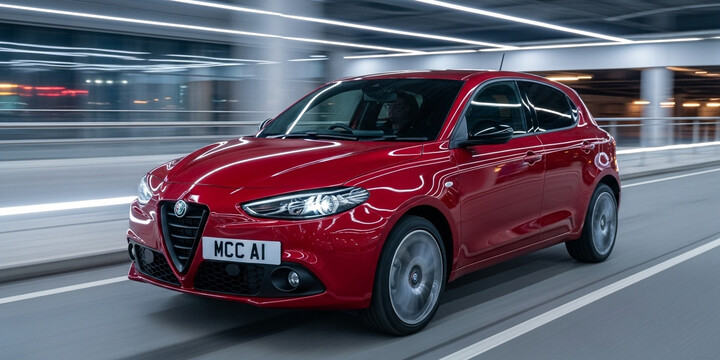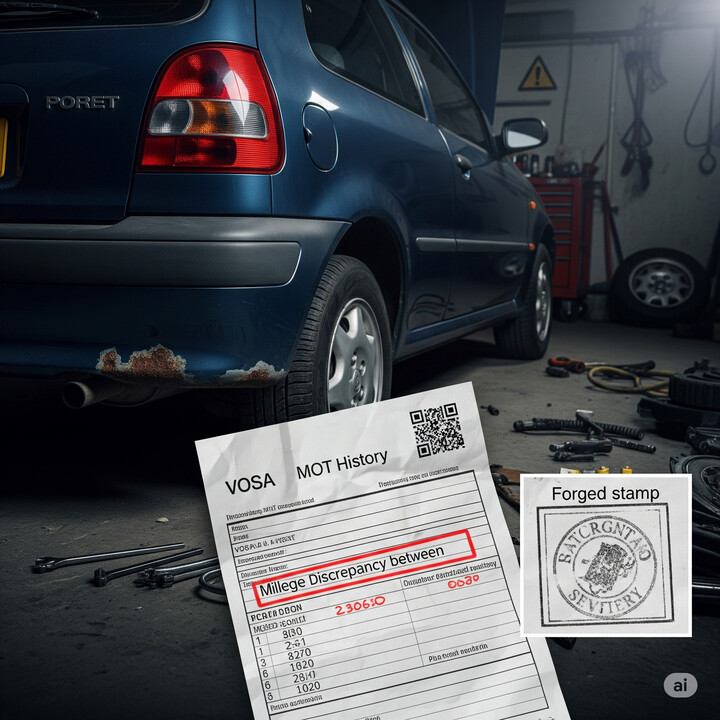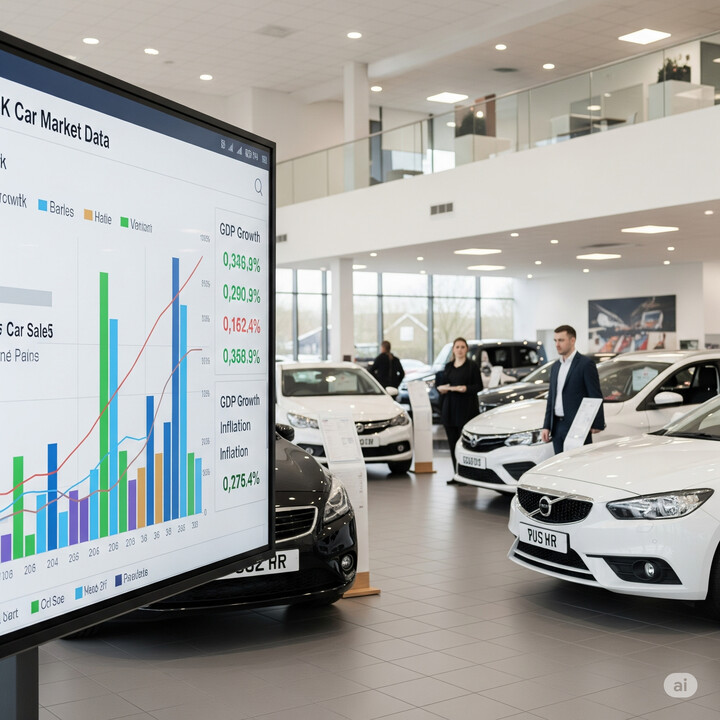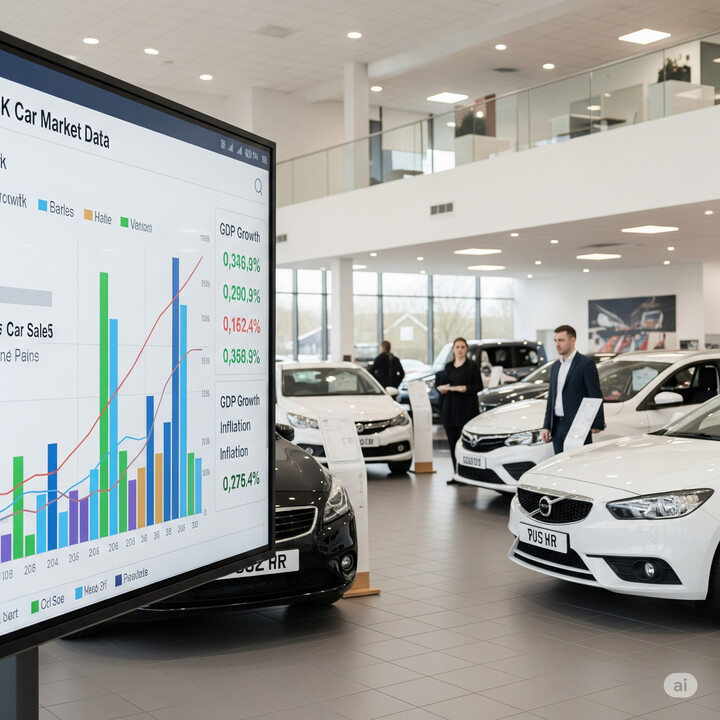
ALFA ROMEO JUNIOR ELETTRICA (2024-)
The ALFA ROMEO JUNIOR ELETTRICA (2024-) is an innovative electric hatchback that represents Alfa Romeo's move into sustainable urban mobility. Designed as a compact city car, it is ideal for daily commuting, city driving, and those who value style without sacrificing practicality. The model is best suited to young professionals, city dwellers, or first-time electric vehicle buyers looking for a blend of sporty design and eco-friendly performance.
What sets the ALFA ROMEO JUNIOR ELETTRICA apart in the competitive market is its distinctive design, combining classic Italian flair with modern electric technology. It offers a smooth, enjoyable driving experience with a focus on agility and efficiency, making it a compelling choice for those wanting a stylish yet eco-conscious car. With a strong reputation for quality, the JUNIOR ELETTRICA is often compared favorably to rivals in its class, especially for its unique Italian elegance and advanced features. If you're considering a used model, this vehicle is worth exploring given its competitive valuation and appeal to drivers seeking a charming, electric city car.

average use

The data indicates that all recent mileage readings for the sampled ALFA ROMEO JUNIOR ELETTRICA (2024-) vehicles are at or below 10,000 miles, representing 100% of the recorded vehicles. This suggests that these electric models are relatively new or have low mileage, which could be an attractive factor for potential buyers seeking relatively fresh vehicles with limited usage.

vehicle values

The data indicates that the most common private sale price range for the Alfa Romeo Junior Elettrica (2024-) is between £34,000 and £35,000, accounting for 31.6% of listings. The next most frequent is between £33,000 and £34,000 at 15.8%, followed by the £26,000 to £27,000 and £27,000 to £28,000 ranges, each at 15.8%. Smaller proportions are observed in the £25,000 to £26,000 (10.5%) and £29,000 to £30,000 (5.3%) brackets. Notably, a significant share of the market is clustered in the higher price brackets (£34,000+), suggesting strong demand or premium valuation for this model.

production years

The data indicates that among the sample of Alfa Romeo Junior Elettrica vehicles, approximately 42.1% are manufactured in 2024, while a significant majority of 57.9% are from 2025. This suggests that the model is relatively new to the market, with a substantial portion of vehicles being from the upcoming 2025 production year. The high percentage of 2025 vehicles could imply recent or ongoing production runs, reflecting ongoing availability of this model for the near future.

colour popularity

The data for the main paint colour of the 2024 ALFA ROMEO JUNIOR ELETTRICA reveals a diverse palette, with the most common colours being red and black-based options. Specifically, red/black accounts for 31.6% of vehicles, indicating a strong preference for this combination. Black alone is also popular, comprising 15.8%, while grey/black makes up 21.1%, suggesting a significant interest in darker, subdued tones. Lighter colours such as white/black (10.5%) and green (10.5%) are less common but still notable. Overall, darker and more contrasting colour schemes dominate the fleet, with red/black the standout favourite.

ownership cycle

The data indicates that an overwhelming majority of the ALFA ROMEO JUNIOR ELETTRICA (2024-) vehicles, approximately 94.7%, have only one registered keeper. A small proportion, around 5.3%, have more than one registered keeper. This suggests that most owners tend to retain the vehicle for an extended period, reflecting potential owner satisfaction or vehicle stability in ownership.

engine choices

Based on the available data for the 2024 ALFA ROMEO JUNIOR ELETTRICA, all vehicles are fueled exclusively by electricity, with no information available regarding engine capacity. This indicates that the model is fully electric, aligning with the trend towards sustainable and electric vehicles. The absence of engine capacity data is typical for electric cars, where traditional internal combustion engine measurements are not applicable.












